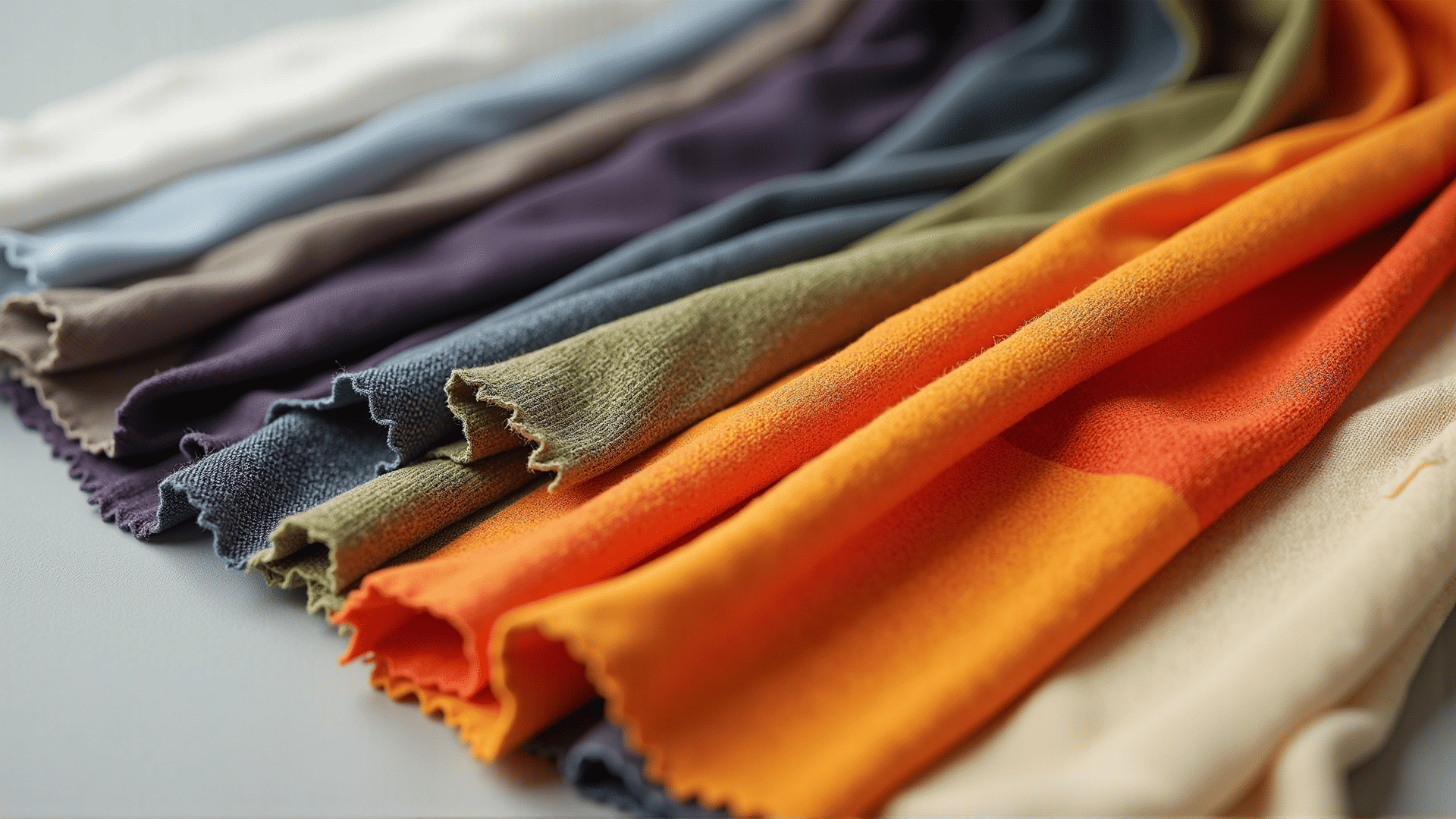In recent years, significant advancements in textile materials have transformed the landscape of fashion within the United States. This innovative wave is characterized by the merging of technology and creativity, resulting in fabrics that not only meet aesthetic aspirations but also offer functional benefits. These advancements have been instrumental in fostering a more versatile and diverse fashion industry across the country.
One of the pivotal innovations is the development of eco-friendly fabrics. As sustainability becomes a core aspect of modern living, the demand for textiles that minimize environmental impact has grown. Materials like organic cotton and Tencel, derived from eucalyptus trees, are gaining traction for their reduced water usage and biodegradability. These fabrics cater to an increasing number of consumers who prioritize ecological responsibility in their wardrobe choices.
Another noteworthy advancement is the integration of smart textiles. These materials are embedded with technologies that enable them to interact with the environment or the wearer. Fabrics capable of monitoring heart rate, regulating temperature, or even charging electronic devices represent a leap towards the fusion of fashion and technology. This innovation not only enhances the functionality of clothing but also brings a futuristic edge to conventional fashion.
High-performance fabrics have also gained prominence, particularly in active and sportswear. Materials like moisture-wicking polyester and elastane blends offer benefits such as enhanced flexibility and breathability, catering to an active lifestyle. These textiles play a crucial role in the performance-oriented segments of the industry, providing comfort without compromising on style.
Moreover, advancements in textile manufacturing processes have paved the way for customizability and inclusiveness in fashion. Techniques such as 3D knitting and digital printing have enabled designers to create personalized patterns and fit, supporting an industry that increasingly values individual expression and diverse body types.
In conclusion, the evolution of textile innovations in the USA reflects a vibrant industry that embraces change and addresses contemporary challenges. With continued research and development, these advancements are likely to redefine the possibilities within fashion, illustrating a future where clothing not only dresses the body but also complements and enhances the modern lifestyle. This dynamic intersection of technology, sustainability, and creativity ensures that fashion in the United States remains as diverse as the nation itself.
